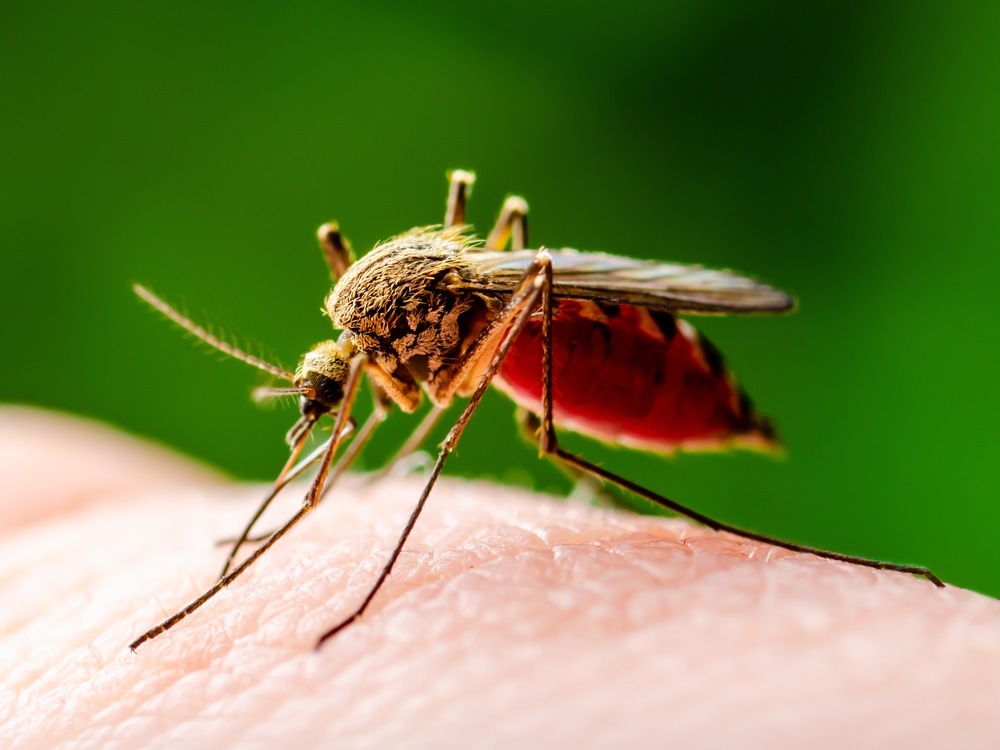Public health experts in the US have discovered that the Zika virus may still be spreading in the Americas, despite case reporting having approached close to zero.

Shutterstock | nechaevkon
Using a framework that integrated local case reporting and travel surveillance with genomic epidemiology, the team discovered a hidden, on-going Zika outbreak in Cuba that had not been reported to public health agencies.
Now, the researchers say their study shows how such a framework could be used as a future surveillance tool for detecting worldwide emerging infections and hidden outbreaks.
Zika epidemic revealed flaws in surveillance and response systems
The recent Zika epidemic in the Americas demonstrates just how quickly mosquito-borne viruses can emerge and spread, as well as flagging up flaws in in traveller surveillance and response efforts.
Accurate detection of the Zika virus can be challenging. High rates of subclinical infection, symptoms that mimic those of other viral diseases and a lack of reliable, cost-effective diagnostic tools are just some of the factors that led to the Zika virus circulating for more than 18 months before it was initially detected in Brazil. By time the virus had been detected in May 2015 and recognized as causing microcephaly and other congenital abnormalities, it had already spread from Brazil to more than 40 countries.
Early and rapid pathogen detection is critical in preventing outbreaks from spinning into large-scale epidemics, says co-author Kristian Andersen from The Scripps Research Institute.
WHO removed emergency status in 2017
Halfway through 2017, the Pan American Health Organization stated that Zika activity in the Americas was waning, which prompted the World Health Organization to remove the ‘‘Public Health Emergency of International Concern’’ status that had been assigned.
However, more recently, new outbreaks have been reported worldwide by the Centers for Disease and Control, including in Vietnam, Thailand, India and Angola, with some of these being introduced as a result of the epidemic in the Americas.
Could Zika transmission be ongoing in the Americas?
These observations prompted Nathan Grubaugh (Yale School of Public Health) and colleagues to investigate whether significant transmission of Zika virus could still be ongoing in the Americas, despite there having been almost no reporting of cases.
As the larger Zika epidemic in the Americas appeared to be waning towards the end of 2016, we became interested in understanding whether the epidemic was truly gone or whether 'hidden' transmissions could still be occurring,"
Scott Michael, co-author from Florida Gulf Coast University.
New approach to Zika detection
For the study, Grubaugh and team combined travel surveillance, local case reporting and genomic sequencing of the virus from infected travellers to identify any outbreaks that had gone unreported.
“Our analyses utilize the relationships between local cases and travel surveillance from non-Cuba countries, in combination with travel volumes and travel associated cases from Cuba,” writes the team.
Other studies have used travelers to estimate local case numbers from other viral diseases based on the assumption that locals and travelers are at the same risk of being infected. The authors say that may have been the correct approach for estimating outbreaks of influenza and Middle East respiratory syndrome, for example. However, their study found that, for Zika, data on disease onset based on locals and travelers is correlated, but that incidence rates varied by orders of magnitude.
The authors say this suggests that public health systems vary in their ability to detect Zika cases and/or that infection risk differs between locals and travelers: “Our approach of using the relationship between local and travel incidence data from locations with local reporting as a calibration might be a more accurate method for reconstructing Zika outbreaks than using travel incidence alone.”
Large Zika outbreak went undetected in Cuba
Using the new approach, the team revealed a large Zika outbreak in Cuba that had not been reported to the Pan American Health Organization or any other public health agency and was therefore went undetected by the international community.
The authors showed that the outbreak in Cuba peaked in 2017, when the epidemic was waning in the rest of the Americas and they estimate that it was at least as vast as those seen in neighboring countries.
By recalibrating the dynamics of recent Zika, dengue, and chikungunya outbreaks across the Caribbean, the researchers found that the Zika outbreak in Cuba was delayed by a full year.
By genome sequencing the virus directly from infected travelers, they found that the virus was slow to establish itself in Cuba, with many introductions of the virus from other Caribbean islands fueling the outbreak at a later stage.
The teams thinks the delay was probably caused by a successful, country-wide vector control campaign that had taken place in Cuba in 2016.
"We show that the 2017 Zika outbreak was sparked by long-lived lineages of Zika virus introduced a year prior," says Grubaugh. "Our data suggest that while mosquito control in Cuba may initially have been effective at mitigating Zika virus transmission, such measures may need to be maintained to be effective."
The researchers say the study demonstrates a framework for how travel surveillance and genomic epidemiology could be used for surveillance in the future to detect silent outbreaks of emerging infections and to reconstruct transmission dynamics when local reporting is absent, withheld, or otherwise insufficient.
“By combining data and resources across multiple scales, we can thus develop surveillance frameworks to uncover epidemiological dynamics of emerging, re-emerging, and endemic infectious diseases across the world,” they conclude.